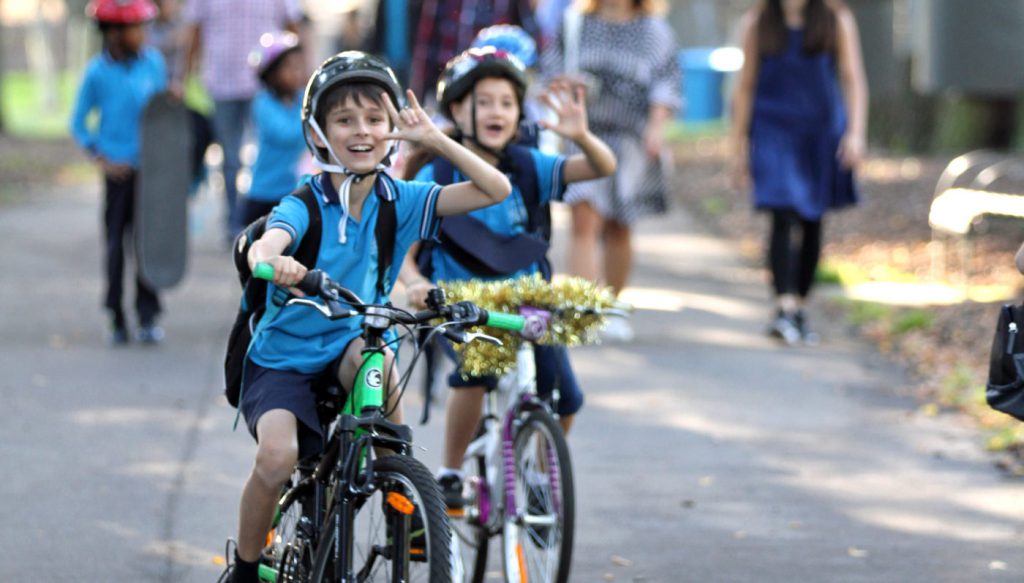Cycling culture

Citizen Jane, Battle for the City
November 1, 2020Cycling culture

When I was a child, I lived in a small city. I cycled to school like my classmates for almost 7 years. Cycling was more than a mode of transportation. We talked all the way home and played. Sometimes we went to a park, sat under a tree for a while for eating or relaxing. I was a member of a cycling friendship that has an endless pleasure. I was feeling that despite my growing skills in cycling, it became harder to cycle in the city every year. The growing number of cars were a serious problem. Taxi drivers’ speeding was dangerous and after involving in near crash accidents several times, I gave up cycling.

I did not know what is happening to our city. I grew up and went to university. I choose transportation field for my master. All my books were full of equations about designing streets and highways for cars including geometrical design, traffic demand analysis and calculating green phases for intersections. The education system and society want from a transportation student to learn all parameters about a car-oriented city and apply them after education. “Education also produces social similarity. Institutions, such as schools, are vehicles for vertical diffusion“[1].
I think school is a place where people choose to use a motorcycle, bicycle, car, bus, etc. to go to school. What is happening informally in the Institutions are more important than things formally people learn there. Cycling culture can be shaped at schools.
It really affected me when I was child and had a bicycle. When I went to high school and saw everybody had a bicycle, I asked my father to let me go by bicycle to school. Hanging with friends after school, riding bicycle was not just a funny leisure, also being part of a friendship group and having similarity was an achievement. Family and society are effective but schools where everybody spend a lot of time of a day and week and after that universities where people shape their future based on what they learn, have a great influence on whether somebody goes by bike or by car to work, education, shopping.
Thirty years ago, almost every household had a bicycle. Cities were much smaller and people went to their work by bicycle or walked. Every neighborhood had a shop for fixing bicycles and some of them sold spare parts of bikes.

Economic growth and picturing cars as a symbol of wealth by media, encouraged people to have an automobile. First people used cars for long travels and used bicycle for shopping and going to work. A decade later, they left bicycles in house and drove cars in wide streets with low traffic, which was fun. After 2 decade, streets got crowded and the life style of people changed. Cycling Culture was fading. People used cars for leisure, work, travel, and shopping, etc. “Traffic engineers and urban planners framed automobility as the inevitable modern future“[2]. They built the city based on their imagination.
If a society and its government’s imagination is that the car will have dominance of the streets in future, then they have appetite for car- oriented city and will create it. If their imagination is that the cycling city is possible and a sustainable and modern form of a city, then they create it. Our imagination and beliefs make future cities.
[1] The rise and decline of national habitus: Dutch cycling culture and the shaping of national similarity by Kuipers, G. (2012).
[2]Contested Spaces: Bicycle Lanes in Urban Europe, 1900–1995 by Oldenziel, R. & de la Bruhèze, A. A. (2011).
